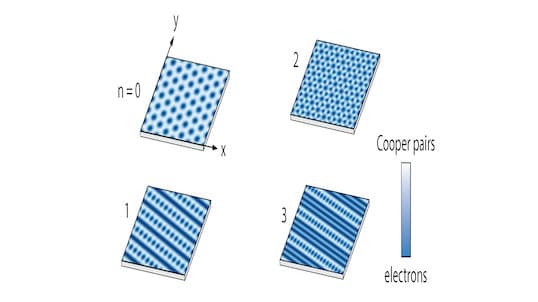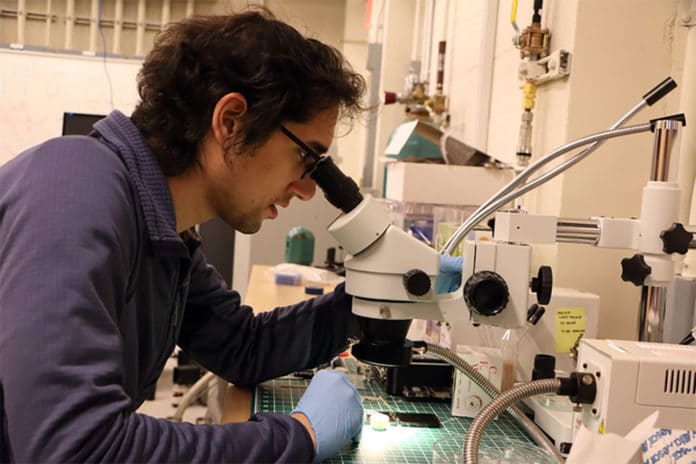MIT scientists recently came up with a material that can be two superconductors. The material is a finite momentum superconductor upon the application of a magnetic field. This exotic form of superconductivity was first demonstrated in the 1960s but has been proven difficult to stabilize.
The material, a layered crystal known as a natural superlattice, also exhibits another equally exotic superconductivity: Topological superconductivity. Twisting the material creates different patterns of superconductivity within the same sample.
According to scientists, the material has potential applications in quantum computing. What’s more, it can unravel the secrets of superconductivity.
Joseph Checkelsky, a lead principal investigator of the work and the Mitsui Career Development Associate Professor of Physics, said, “Fairly recently there has been a boom of realizing special superconductors that are two-dimensional, or only a few atomic layers thick. These new ultrathin superconductors are of interest in part because they are expected to give insights into superconductivity itself.”
“But there are challenges. For one, materials only a few atomic layers thick are difficult to study because they are so delicate. Could there be another approach to plumbing their secrets?”
The material has two layers: one layer is an ultrathin film of superconducting material, while the other is an ultrathin spacer layer that protects it. Stacking these layers atop another creates a large crystal, which behaves like a 2D superconductor.
The new material is extremely clean that scientists are excited to see if it exhibit an unusual superconducting state. To their surprise, they found that the material indeed exhibits a unique superconducting state.

Checkelsky said, “A finite momentum superconductor can persist further by forming a regular pattern of regions with lots of Cooper pairs and regions that have none. It turns out this kind of superconductor can be manipulated to form a variety of unusual patterns as Cooper pairs move between quantum mechanical orbits known as Landau levels. And that means that scientists should now be able to create different patterns of superconductivity within the same material.”
Kyle Shen, professor of physics at Cornell University, who was not involved in the study, said, “This is a striking experiment which can demonstrate Cooper pairs moving between Landau levels in a superconductor, something that has never been observed before. Frankly, I never anticipated seeing this in a crystal you could hold in your hand, so this is very exciting. To observe this elusive effect, the authors had to perform painstaking, high-precision measurements on a uniquely two-dimensional superconductor they had previously discovered. It’s a remarkable achievement, not only in its technical difficulty but also in its cleverness.”
Checkelsky said, “It’s been a lot of fun realizing this new material. As we’ve dug into understanding what it can do, there have been a number of surprises. It’s really exciting when new things come out that we don’t expect.”
Journal Reference:
- Devarakonda, A., Suzuki, T., Fang, S. et al. Signatures of bosonic Landau levels in a finite-momentum superconductor. Nature 599, 51–56 (2021). DOI: 10.1038/s41586-021-03915-3
